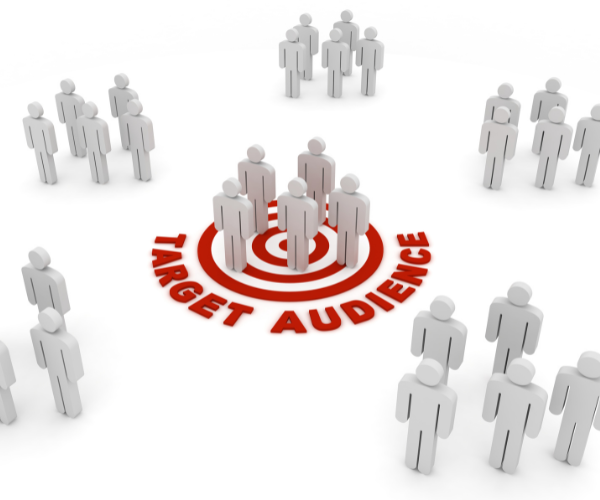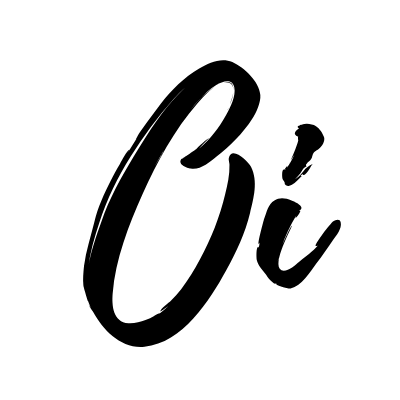facebook ads for beginners
Many businesses find themselves wanting to start advertising on Facebook but feeling uncertain about where to begin, which is why we’ve created this straightforward guide to help you set up your first campaign and make the most of this powerful platform that offers precise targeting options to reach millions of users worldwide.
Understanding Facebook Ads
Facebook Ads allow businesses to promote their products and services across Facebook and Instagram, with ads appearing in several places including News Feed, Instagram Stories, and Marketplace, which gives you plenty of options to connect with your target audience.
Why Choose Facebook Ads?
Understanding what makes Facebook Ads so effective is essential before diving into the technical aspects of campaign creation.

- Precise targeting capabilities: Facebook collects extensive user data that you can leverage when targeting your audiences, going beyond basic demographics like age, location, and gender to include interests, behaviours, education, job history, and even major life events.
- Cross-platform reach: Since Meta owns both Facebook and Instagram, your ads can run simultaneously on both platforms, which significantly expands your reach potential without requiring additional campaign setup or management.
- Real-time performance tracking: Facebook provides excellent analytics tools that update in real-time, allowing you to monitor reach, engagement, conversions, and other key metrics as they happen, enabling quick adjustments to optimise campaign performance.
Setting Up Your Facebook Ad Account
To launch your first campaign, you need to set up an ad account through several important steps.
- Create a Facebook Business Page: All ads are managed through Pages, which means you will need one established for your business before you can begin advertising.
- Access Ads Manager: This central control centre for all Facebook advertising can be found by searching “Facebook Ads Manager” or through your Page settings, providing you with tools to create and manage campaigns.
- Become familiar with the dashboard: Taking time to explore Ads Manager is essential since this is where you will create, monitor, and analyse your campaigns, ad sets, and individual ads throughout your advertising journey.
Campaign Planning and Creation
The success of your Facebook advertising depends on careful planning followed by strategic implementation through Ads Manager.
- Business goals: Establishing what you want to accomplish with your advertising is the first crucial step, as this will guide all your subsequent decisions about audience, budget, and creative assets.
- Target Audience: Knowing precisely who you want to reach is critical for campaign success, which is why you should utilise Facebook’s detailed targeting options to specify demographics, interests, and behaviours of your potential customers.
- Budget strategy: Deciding on your spending limits is an essential step where you can set daily or lifetime budgets, allowing Facebook to optimise your spending while keeping costs under control.
- Creative strategy: Planning your visual and messaging approach before building individual ads ensures consistency and helps your brand remain recognisable across multiple ad variations and placements.
Implementation in Ads Manager
- Choose your campaign objective: Facebook offers specific objectives including awareness, traffic, engagement, leads, app promotion, and sales, from which you should select the one that best suits your course of action for your business.
- Define your audience: Creating custom audiences based on location, age, language, interests and behaviours that match your ideal customer profile ensures your ads reach the right people.
- Select ad placements: Deciding where your ads will appear whether its in feeds, stories, reels, videos, or external apps.


- Set your budget: Allocating your spending as either a daily maximum or a campaign lifetime total gives you financial control while Facebook optimises delivery.
- Design your ad: Uploading compelling visuals, writing persuasive copy, and selecting appropriate call-to-action buttons will determine how effectively your ad performs.
- Review and launch: Final checks ensure everything appears as intended before submission for Facebook’s approval process, which typically completes within 24 hours.
- Monitor performance: Tracking metrics such as reach, impressions, clicks, and conversions enables data-driven optimisation decisions.
Best Practices for Facebook Advertising
Implementing these proven strategies will help you maximise the effectiveness of your Facebook advertising campaigns over time.
- Use A/B testing: Creating different versions of your ads with varying images, copy, audiences, or placements allows you to see which performs best, and Facebook’s built-in A/B testing feature makes this comparison process straightforward to implement and analyse.
- Consider your ad format: Selecting the most appropriate format from options including single image or video ads, carousel ads with multiple images or videos, or collection ads showcasing multiple products can significantly impact performance since different formats work better for different campaign objectives and audience preferences.
- Track with Meta Pixel: Adding this essential piece of code to your website enables you to monitor user behaviour after they click on your ad, which helps you measure conversions accurately and create more targeted audiences for future campaigns based on actual customer interactions.
- Optimise for mobile: Ensuring your ads and any linked landing pages are fully mobile-friendly is crucial since the vast majority of Facebook users access the platform via mobile devices rather than desktop computers.
- Review and adjust regularly: Consistently monitoring performance metrics and making evidence-based changes to improve results forms the foundation of successful long-term advertising on the platform.
Define Success Before You Begin
Taking time to consider what success looks like for your business before launching your first campaign is essential because having clear performance metrics will help you choose the right campaign objective and evaluate results effectively.
- If you’re promoting a mobile app, measuring success might involve achieving a specific number of downloads in the first month, such as 100 new installations that can be directly attributed to your Facebook advertising efforts.
- For lead generation campaigns, tracking success could involve monitoring growth in your email list by a certain percentage or acquiring a predetermined number of qualified leads that enter your sales pipeline through Facebook-generated forms.
- E-commerce businesses should focus on tracking conversion rates, return on ad spend, and cost per acquisition to ensure their Facebook advertising investment delivers measurable returns in actual sales.
Setting these performance benchmarks beforehand ensures your campaign strategy aligns perfectly with your business goals and provides clear metrics to evaluate whether your advertising efforts are delivering the expected value.

